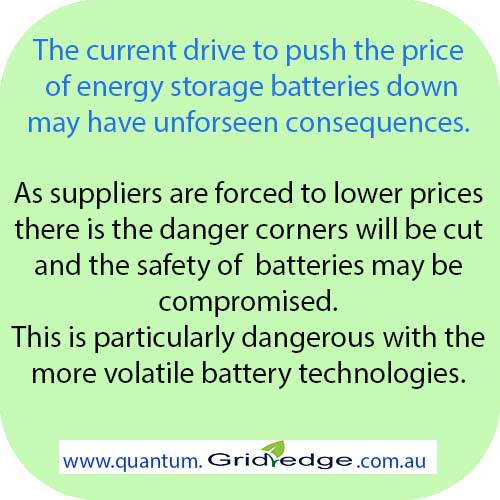On June 14, 2016, four researchers at the NASA Jet Propulsion Laboratory were preparing to ship a waist-high, ape-like robot named RoboSimian off-site. The robot had been built to rescue people from dangerous situations that were to difficult for human rescuers. The scientists swapped one lithium-ion battery for a fresh one, then left for lunch to let the new power supply charge.
Unfortunately, the new lithium ion battery malfunctioned and went into thermal runaway. Luckily the researchers were no longer in close proximity to the robot so no-one was hurt, although NASA have said there have been a number of these close calls.
A number of attempts were made to put out the fire but eventually the robot was wheeled outside and allowed to burn itself out.
Continue reading “NASA robot catches fire”






